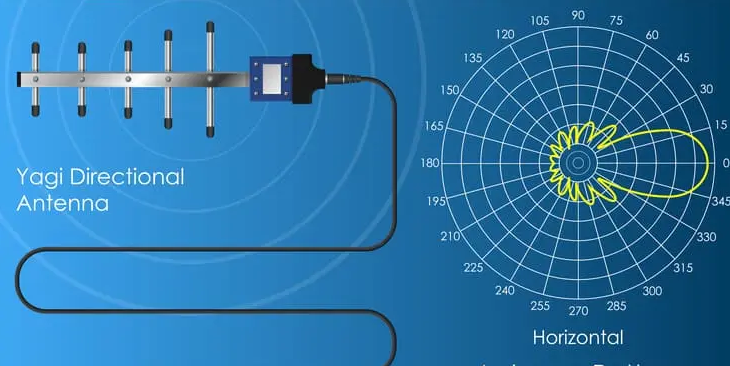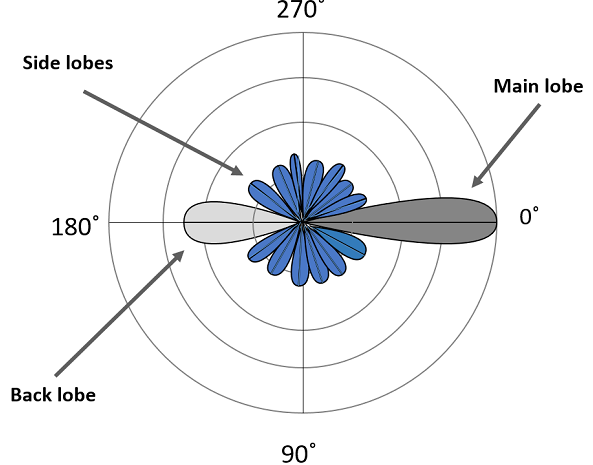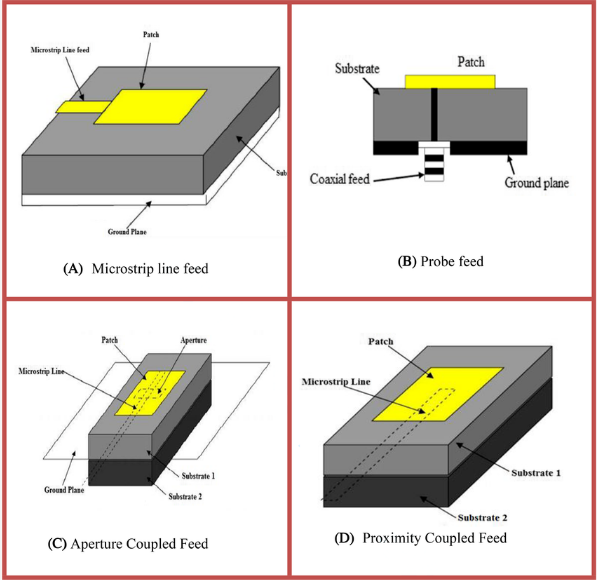The seven best frequency bands for satellite communications, each suited for specific applications, are L-band (1-2 GHz) for mobile communications, S-band (2-4 GHz) for weather and maritime, C-band (4-8 GHz) for TV broadcasting, X-band (8-12 GHz) for military use, Ku-band (12-18 GHz) for direct-to-home TV, Ka-band (26-40 GHz) for high-speed internet, and V-band (40-75 GHz) for ultra-high capacity communications.
Table of Contents
L-band (1-2 GHz)
The Role and Importance of the L-Band in Mobile and GPS Services
One of the spectrum bands essential for the world of satellite communications, the L-band, is distinguished among other bands by its significance for mobile satellite services and GPS technologies. Occurring between 1 and 2 GHz, it is usually the most desirable for the systems where communication stability should be guaranteed under any environmental conditions. For instance, the most common application of this band is in satellite phones offering communication services in the remote areas where access to the traditional communication infrastructure is limited. In such a way, the L-band ensures that the environmental conditions of the location do not pose a threat to the regular communication of satellites with their respective ground facilities.
Pros of the L-Band Usage
One of the most evident examples of the everyday use of the L-band is involved in GPS. Namely, the ‘L’ of the L-band actually refers to the Long coding sequence used by the system, and the L1 and L2 bands are the most often employed in all types of GPS devices and applications. Whereas different gadgets and equipment, whether smartphones, vehicles, or special devices, rely on the specifics of the GPS service, the latter also relies on the security provided by the L-band and its resistance to the impacts of various objects. Therefore, by penetrating the majority of the obstacles, from cloud cover to vegetation, this band ensures that users can rely on the GPS signal in various environments , from the infamous urban canyons to the dense forests.
Specifics of Performance
Unlike the higher frequencies, such as those of the C and Ku bands, the L-band is often distinguished by its lower power specifications. As a result, the satellite phones functioning within the parameters of the L-band can rely on a significantly longer battery life than those of the higher bands. For example, L-band mobiles may use only about 20 watts of power, whereas the higher bands may require more than 100 watts of electricity . This significant advantage ensuring portability and reliable power supply also makes L-band devices more cost-effective to run. Despite its reputation for low power and consequently low bandwidth, the effectiveness of the L-band for communication purposes is clearly visible from the wide application. In other words, the L-band’s lower bandwidth efforts are usually compensated with the most advanced data compression services allowing for rather efficient communication services, both voice and data .
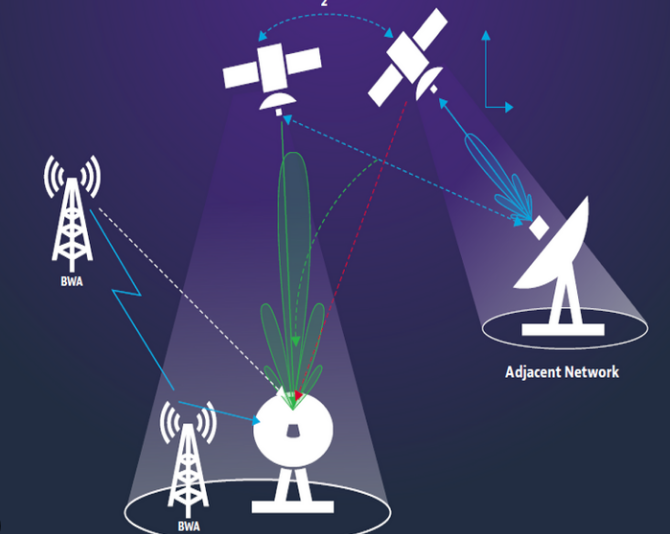
S-band (2-4 GHz)
S-Band Description
The S-band has a frequency range of 2 to 4 GHz. It is of extreme utility for satellite communications because it strikes a balance between the bandwidth available and penetration of the atmosphere. As a result, the S-band is used in weather satellites and some types of mobile communications. For example, NOAA weather satellites send data and images to the earth using the S-band, data that is used on a daily basis to forecast the weather and track meteorology changes .
Examples from Daily Life
A direct application of S-band technology in daily life is in modern air travel. Using this technology, planes can communicate with the ground at every point in space to ensure that air travel is well coordinated. At times, the S-band is highly useful when flights need to travel across numerous other flights and will be packed quite close together in altitude and distance. It is often through the S-band that flights get additional altitude to avoid turbulence, such as in the case of strong storms. Lastly, the S-band is used in the most recent automotive radars. Automotive radars are used to power adaptive cruise controls that monitor the speed of the vehicles in front of a car and the distance to the vehicles.
Efficiency and Cost
In terms of cost and efficiency, Ku-band transmitters are much cheaper compared to the ones above that. Ku-band systems contrast favorably with Ka-bands or higher, which will need 150 watts of power and more to operate efficiently, as compared to 30 to 50 watts in S-bands . Higher frequency bands of transmitters require higher power inputs, and the S-band has an economic advantage.
C-band (4-8 GHz)
C-band Usage for Fixed Satellite Services
‘C-band’ describes the frequencies between approximately 4 and 8 GHz that are used in satellite communications. This band is particularly popular for such purposes due to the intermediate frequency characteristics, as it balances the range and resistance to atmospheric interference . The C-band is actively used for fixed satellite services, or FSS, particularly in such applications as television broadcasting, internet backhauls, and other types of communication that require stable, long-range transmission of information.
Global Broadcasting
The most obvious application of the C-band described above is the global broadcasting of satellite television. In this capacity, it is employed primarily for transmitting the signal from the satellites to fixed dislocated receivers other satellites, which are called earth stations . Practically all channels and networks in the world broadcast their signal, including sport event coverage, news, and entertainment, using this band, establishing communication across any distance, including the blank spaces of the ocean or vast deserts, the regions difficult or impossible to be physically wired.
Data Transmission
Satellite internet service providers, or ISPs, take advantage of C-band to provide people in the areas remote and far from the modern infrastructure alternative solution for obtaining high-speed internet and reliable data transmission services. Often satellites assist in uplinking from remote affiliate network stations to a home office for further combining a signal with any chosen data packet traffic, routing on the internet then downlinking to the final end-recipients, and the C-band usually serves well dispensing high speed, unaffected by physical impairments.
Lower Cost of Implementation
It is easier and cheaper to build a setup working with the C-band rather than with a higher frequency, such as the Ku-band and Ka-band. Ground technology used for the lower frequencies does not have to be made both sensitively and at a high power level; there is no need for a high-powered amplifier or an exact concentration of the waves because the higher is the frequency, the more difficult and expensive it is to achieve . Both initial costs and the subsequent maintenance of both devices and signal receivers are significantly lower for the temporarily-outdated band.
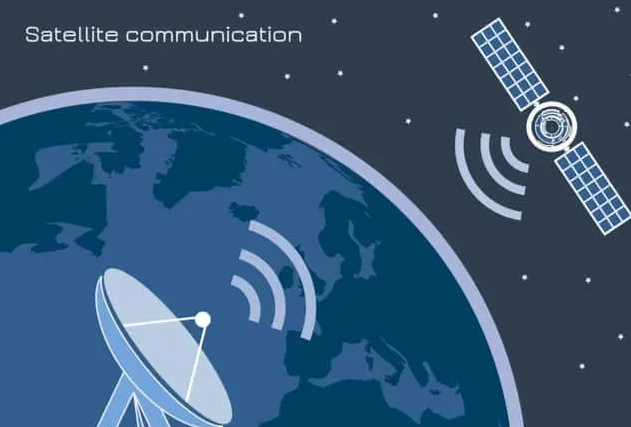
X-band (8-12 GHz)
-
An Introduction on the X-Band
X-band is a high-frequency subsegment. It varies from 8 to 12 GHz. It is a vital segment of the spectrum widely used for military and defense communications and radar systems. Moreover, the X-band is often viewed as favorable for its high-frequency data transfer and relatively short wavelengths, providing opportunities for rapid data transfer via smaller size antennas.
-
Deployment in Defense Subsegment
The X-band is widely used for defense purposes across the industry. In defense subsegment, secure and effectively reliable communication is crucial. Ground, air, and maritime military working groups use the X-band to communicate and rapidly transfer large portions of data across their operation systems. For instance, in the UAVs , the X-band is used to transmit real-time videos and data collected by the surveillance systems within the UAVs flying in high-risk areas far from their primary operational locations. This empowers the relevant defense operations teams to analyze the video data in real-time and conduct various other real-time operations based on this instantaneous data load.
-
Advantages in Satellite Radar
Global meteorology and earth study and observation centers often use the X-band in satellite-based radar systems. Advantages include its abilities to identify various features and abnormal levels of precipitation . These are critical in tracking storms and forecasting rain patterns due to the X-band’s high frequency as it allows the radar to penetrate through the cloud cover and reaches farther down the surface through detecting high saturation in moisture content.
-
Efficiency and Equipment
The X-band requires more sophisticated devices more than the other bands due to high frequency including the amplifiers. Higher frequencies require more power. For X-band, the output power from the amplifier often ranges between 100 and 200 watts; this highly increases the cost. However, high power is also vital to ensure that the high capacity data, which requires a clean signal, is transferred to and from longer distances. More power provides adequate signal strength during such transfers.
-
Regulatory Concerns
As the X-band is a satellite frequency band, it is vital, just like other similar bands, to ensure that other devices, for instance, commercial broadcasting systems or satellites do not interfere with the use of the X-band. This requires careful management and relevant decision-making in terms of allowing the other devices to ensure that no interference is going to affect the X-band operations of the devices primarily relying on it for data transmissions.
Ku-band (12-18 GHz)
Ku-band definition and general consideration
The Ku-band, ranging from 12 to 18 gigahertz, is the first choice band for satellite broadcasting operation, whether for direct-to-home or other broadcasting services. No other frequency band matches with this band for direct telecasting of videos and clips loaded with pictures and even films. So, Ku-band satellite broadcasting is responsible to supply millions of channels to viewers homes viewing on every continent of the world . This is perhaps due to its capability to be captured by small antennas. It is equivalent to the high of the sea level. DbS which is similar to this band isoperated several times away from the earth in height.
Apart from television broadcasting, ku-band is a choice of the band with the efforts to bring about farmer based radio broadcasting network, which have however, metamorphosised into a regional radio organization on aim of challenging king and queen broadcasting radio system in an other form.
The advanced frequencies of approximately 12 to 14 kilohertz and 17 to 14 kilohertz have been very instrumental for the deployment of advent new satellite internet services. These services have enabled high-speed bandwidth internet services to be delivered to the most remote and rural areas , where terrestrial infrastructure are not existent because of capacity reasons and can as well provide approximate speed to those available in urban communities.
EQUIQMENT and Technical SPECIFICATION and ECONOMIC CONSIDERATION
Because of the nature of its coverage, satellite dishes/shows of around 3 to 20 meters in diameter are more useful to it than any other type of satellite signals. Of a high throughput in its operation however, is the size of the Ku-band system similarly relative to those of other systems types used in the satellite industry in the broadcasting network. The size (EIRdG/T and EIR/p) depends on the location. The dish size of the Ku-band onthes ground therefore, varies from 0.9 to 1.2 meters in diameter. 120 to 240 watts are the required power of performance of the Ku-band satellite band.
FREQUENCY MANAGEMENT and INTERFERNCE to the END USER
With the extent of humanity’s demand of commercial satellite services, frequency management is paramount to maintain satellite operators implementation of advanced frequency use and polarization techniques to increase the efficient utilization spectrum or orbit.
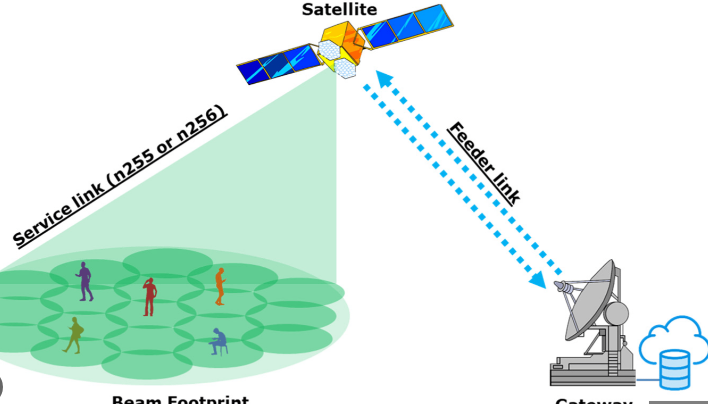
Ka-band (26-40 GHz)
Ka-band (26-40 GHz)
Known for: Driving High-Speed Satellite Internet
The Ka-band in the range of 26 to 40 GHz is one of the most popular bands when it comes to driving high-speed satellite internet. With the ability to host applications for next-generation satellite communication, the Ka-band provides a much larger bandwidth, allowing for high-speed internet services. It can be used to watch HD video streams, play online games, transfer large amounts of data, and many other high-through applications. Recent technological advances allowed the use of the Ka-band in a specific type of high-throughput satellites known as HTS, which are currently used to provide uncomparable communication capacities. For example, Jupiter 2 and ViaSat-2 are both satellites that can provide up to 100 Mbps downstream to their residential customers, making them comparable to terrestrially deployed fiber-optic broadband.
Typical Ka-band ground stations require more sophisticated equipment, which is much more accurate and has to be tuned more frequently to handle much narrower beam. Admittedly, the costs of the equipment and the initial deployment are relatively higher in the case of Ka-band applications. The Ka-band demodulators and modulators required for the purpose come with costs much higher than those for Ku-band. On the other hand, the investment is easily paid off considering the modern capacity of the band and the higher frequency of the waves. As for the dish installation on the ground, the dish is about the size of a satellite dish used with the Ku-band and typically ranges from 0.75 to 1.2 meters of diameter. The dishes used in the Ka-band ground stations employ more sophisticated tracking facilities.
Challenges: Atmospheric Interference
One of the biggest issues in the case of the Ka-band is the frequency of the band, which makes it more vulnerable to atmospheric interference, especially rain fade. Luckily, modern adaptive modulation and coding techniques allow for effective combat of such interferences, providing good signal quality even during severe storms or torrential rain. Future directions of the Ka-band applications include further technological advancements, primarily in the field of the phased-array antenna technology, which can help in effective beam focusing and steering on the ground.
V-band (40-75 GHz)
Emerging Frontier for Ultra-High Capacity Communications
V-band, ranging from 40 to 75 GHz, is an emerging frontier for satellite communications. It is characterized by frequency considerably higher than other bands, enabling far greater data throughput. The band is especially well-suited for future-related applications, such as next-generation broadband administration, and dense urban communications. In the case of the latter, the characteristics of this band enable a high number of users to access data simultaneously. It means that in the future, the band could facilitate the provision of gigabit speeds to high-rise apartment towers, office buildings, and main streets, thus revolutionizing urban administration of the internet.
Technical Challenges and Solutions
While the V-band provides impressive capacity for data transmission, the issues related to signal attenuation, due to atmosphere conditions, are significant in this case. Rain-induced signal attenuation is of particular concern for satellite communications, although further technological development may mitigate the potential of these effects. At current, satellite operators are engaging in the development of such advanced technologies as adaptive modulation and coding, beamforming, and MIMO techniques that provide substantial opportunities to enhance signal retention and robustness. However, the deployment of the V-band is costly due to substantial requirements for both satellite and ground infrastructure. Importantly, the precision of the equipment deploying this system makes the components and their maintenance more costly. For example, the ground equipment has to include highly sensitive receivers and high-precision pointing mechanisms to adjust to the satellite beam’s narrow beam widths. However, the scale of unprecedented data rates motivates service providers to adopt this technology and ensures that investment in this sector will continue.
Regulatory and Spectrum Management
V-band is a peculiar case for the superior management of this spectrum frequency. It is located close to other bands administrated for terrestrial mobile usage, and interference managing policies are especially stringent. At current, the band is still underutilized if compared to its lower-frequency alternatives. It is an opportunity and a risk since an ample room for innovation exists. Gambling on this spectrum frequency holds a significant potential to inspire new product development and deployment in the satellite communications sector, and in the future, it may emerge as a novel solution for high-speed data transmission.


